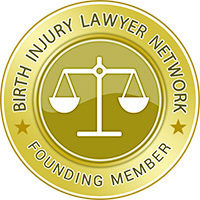Doctor Error in High Risk Pregnancies
Medical professionals have the duty to take appropriate action to protect the health and safety of both the mother and the child. At Hampton & King, our Houston birth injury lawyers bring more than 60 years of combined experience to birth trauma cases. We understand how devastating these cases can be. We are here to provide the trusted advocacy you need to pursue justice.
Diagnosing CDP
Doctors should be ready to identify common causes of CPD and make an accurate diagnosis if their patient meets the criteria of “at risk” for CPD. Some causes and risk factors include:
- Genetics
- Diabetes
- Post-term pregnancy
- Mother has delivered one or more babies before
Sometimes it’s not the size of the baby that warrants a CPD diagnosis, but the position of the baby or characteristics of the mother’s pelvis. If the baby is breech, vaginal delivery may not be safe.
When Doctors Fail to Take Appropriate Action
Obstetricians and other medical personnel may make a variety of mistakes in diagnosing and responding to CPD.
Here are a few potential examples of negligence:
- Failing to accurately read ultrasounds and understand the approximate size of the child
- Failure to order a C-section when the mother or baby is in danger from a labor that fails to progress
- Attempting to pull the baby through a too-small pelvis, resulting in hypoxia, pelvic injury, or other harm
- Using too much Pitocin or other labor-inducing drugs, which can lead to uterine rupture
If you or your child was harmed by medical negligence or malpractice related to cephalopelvic disproportion, turn to Hampton & King. We are fully prepared to pursue the maximum compensation that you need and deserve for your pain and suffering.
Contact our Houston attorneys at (713) 489-0993 or via email to schedule a no-cost consultation today.












